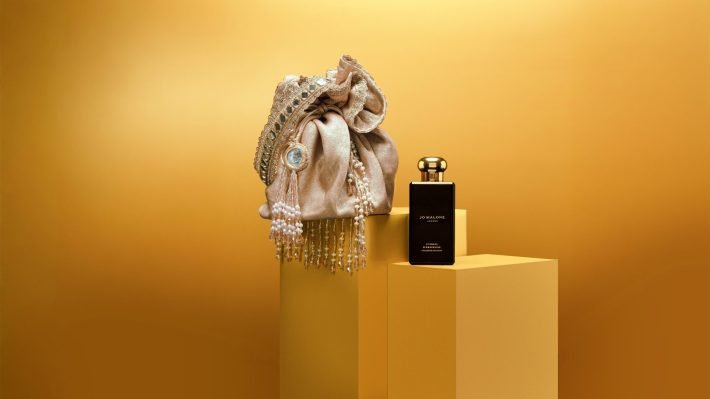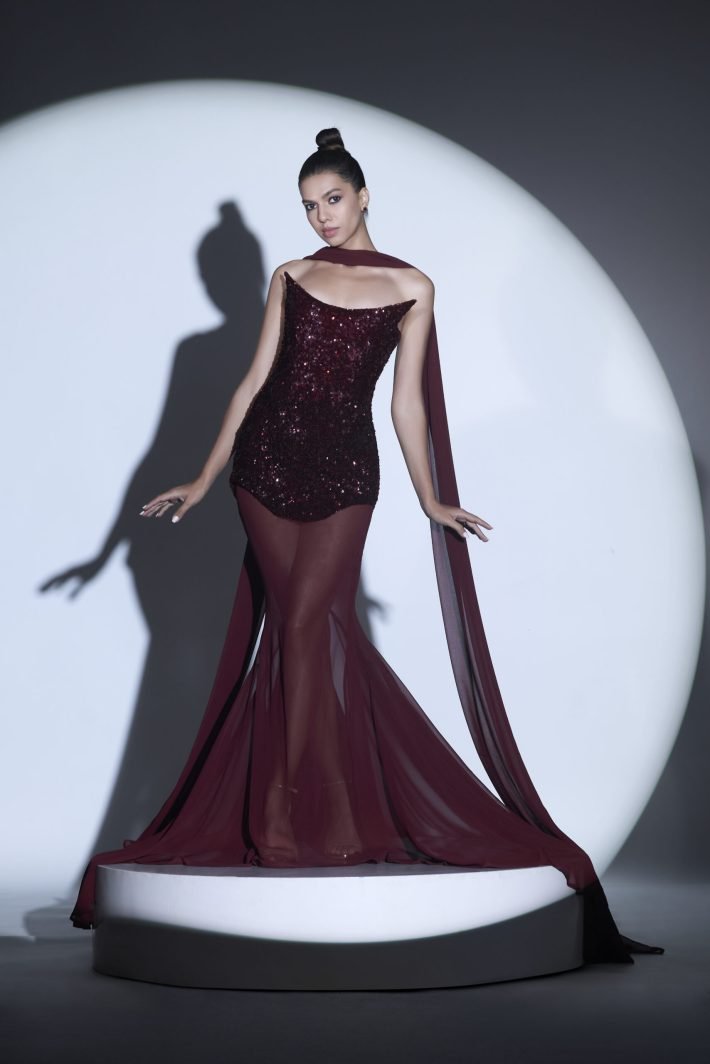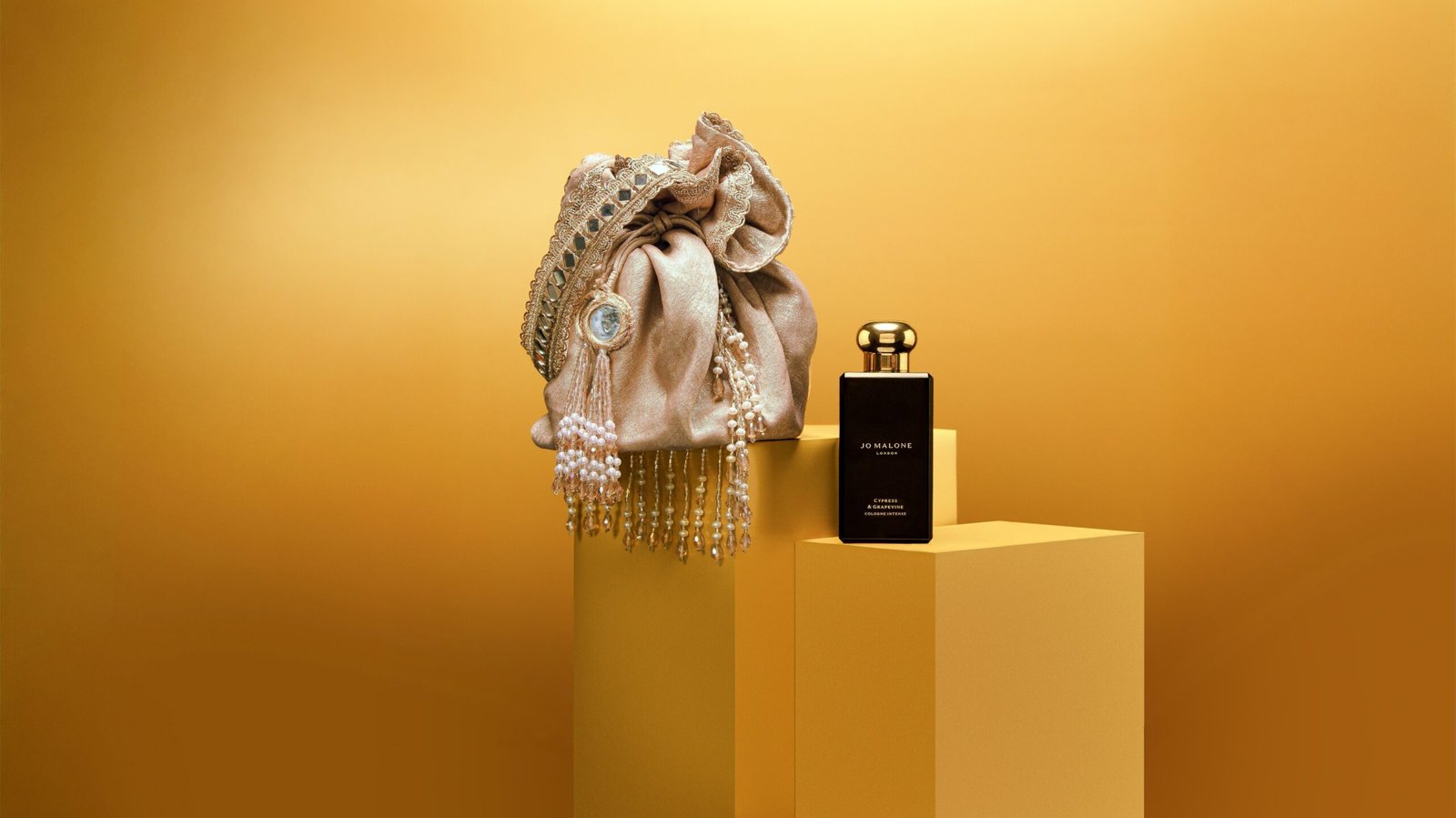The 2025 Met Gala was a visual opera of extravagance and elegance, with this year’s theme, “Dandyism: The Art of Masculine Elegance”, inspiring designers and celebrities to embrace unapologetic flamboyance with vintage flair. One standout was singer-actor Diljit Dosanjh, who arrived draped in a modern-day maharajah look styled by Prabal Gurung… a flawless fusion of silk, sharp tailoring, and regal grace.

His team supposedly had contacted iconic brand Cartier for the iconic Patiala necklace, which would have been perfect with his look at the Met Gala 2025. The Patiala necklace is this jaw-dropping piece of history, commissioned in 1928 by Maharaja Bhupinder Singh of Patiala, and it remains one of the most extravagant pieces of jewellery ever created… and it would have been the ultimate crown jewel to complete Diljit’s homage to Indian royalty. But Cartier said an emphatic “No”! Even more puzzling? Cartier had allowed British actress Emma Chamberlain to wear it at the Met Gala in 2023, where she was lauded for her “colonial-chic” interpretation of heritage glamour.

But for many fashion insiders, one glaring question hovered in the air: Why wasn’t Diljit wearing the legendary Patiala Necklace? So why the double standard? TheGlitz investigates the fashion controversy that goes beyond diamonds and deep into history, heritage, and hurt pride.
The Glory of the Patiala Necklace
To understand the controversy, one must first understand the legend.

Commissioned by Maharaja Bhupinder Singh… a man known for his opulence, charisma, and unapologetic grandeur, the Patiala Necklace was crafted by Cartier using the Maharaja’s own collection of precious stones. The necklace originally boasted 2,930 diamonds, including the iconic De Beers diamond … a canary-yellow 234.69-carat monster that remains one of the largest diamonds ever found.
The multi-stranded masterpiece featured platinum chains dripping with Burmese rubies, South African diamonds, and an ornate chandelier-style locket, each piece placed with precise symmetry, echoing the splendour of a sovereign empire. This was not just jewellery. It was iconic power. sculpted in stone and metal.
Then, It Vanished
By the 1940s, post-Partition and deep into India’s colonial unraveling, the necklace mysteriously disappeared. Rumours swirled: Was it stolen? Sold during financial distress? Or quietly looted as British colonial interests began dismantling princely wealth?
For 40 years, the Patiala Necklace was thought to be lost to history until fragments began resurfacing in a second-hand jewellery shop in London in 1982. What remained of it, stripped of its central De Beers diamond and many original gems, was purchased by Cartier, who then undertook a painstaking restoration using synthetic stones and replicas.
In short, the necklace had been dismembered, dispersed, and later reclaimed — not by India, but by Cartier.
Cartier’s Colonial Complication

Fast forward to the past: Met Gala 2022. British actress Emma Chamberlain, attending as a guest of Cartier, stunned in a reassembled Patiala Necklace. While the move was met with initial awe, it soon sparked backlash. Social media erupted with accusations of tone-deaf colonial cosplay, with critics asking why a piece of Indian royal history… arguably looted or lost during colonial upheaval… was now being paraded as a fashion trophy by Western celebrities.

Cut to 2025, when Diljit Dosanjh, one of India’s most global cultural icons and a vocal ambassador for Punjabi identity, requested to wear the same necklace. The fit was beyond perfect: dressed by Prabal Gurung, Diljit’s look drew clear inspiration from the grandeur of Indian maharajahs, a modern dandy dipped in royal nostalgia. It wasn’t just fashion; it was homage.
Yet Cartier refused.
A Snub or A Strategy?
Sources close to the matter hint that Cartier declined citing “archival preservation.” Cartier reportedly told Diljit Dosanjh’s team that the Patiala necklace was “unavailable for loan as it was sealed away in a museum and too fragile”, according to a source. The necklace is currently displayed at the Victoria and Albert Museum in London as part of a Cartier exhibition.
Despite this, Emma Chamberlain wore a choker from the same necklace at the 2022 Met Gala, raising questions about why Dosanjh was denied the loan. Yet the hypocrisy is hard to miss. “If the necklace could survive Emma Chamberlain’s red carpet whirl, it could’ve graced Diljit’s Met Gala moment,” a fashion historian told TheGlitz. “Let’s call this what it is, a reflection of selective heritage gatekeeping.”
Diljit’s team, though diplomatic, expressed disappointment. “He wanted to celebrate his roots, and the Patiala Necklace was the perfect bridge between past and present,” a stylist shared.
Critics now question whether Cartier’s refusal stems from a deeper discomfort with returning cultural icons to those they truly belong to especially when the symbolism hits too close to historical truths. The necklace, after all, was born in Punjab, lost in colonial fallout, resurfaced in the West, and is now gatekept by a luxury house profiting off its mystique.
The Bigger Picture: Who Owns History?

As the fashion world grapples with inclusivity and decolonization, the Patiala Necklace controversy lays bare a critical question: Can brands truly honour heritage while hoarding it? And more importantly, why is it easier to romanticize Eastern opulence on Western shoulders than to restore it to its rightful legacy?
Diljit Dosanjh may not have worn the necklace but in refusing him, Cartier may have unknowingly ignited a much-needed conversation: about colonial loot, reparative justice, and who gets to wear the past with pride.













